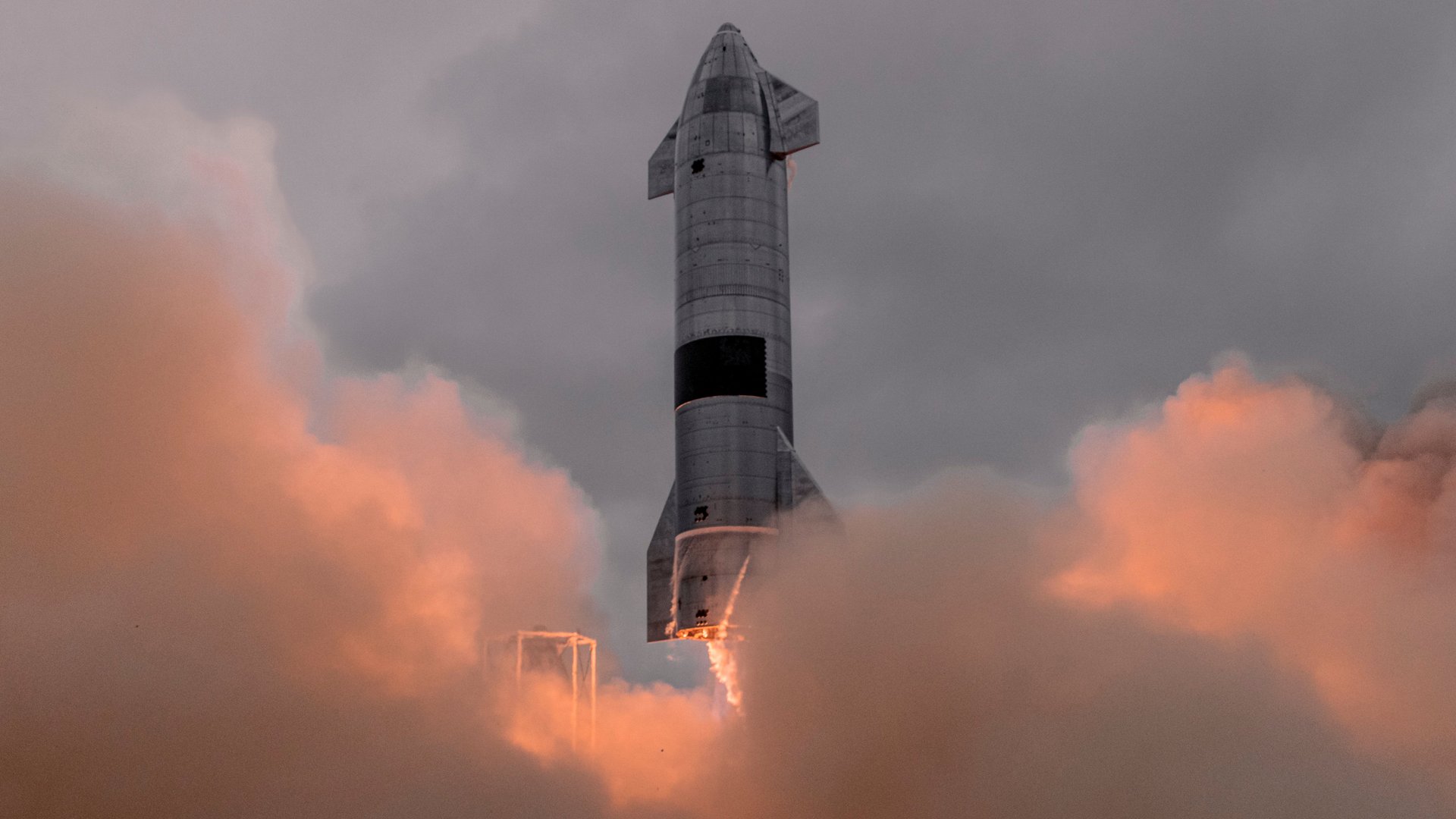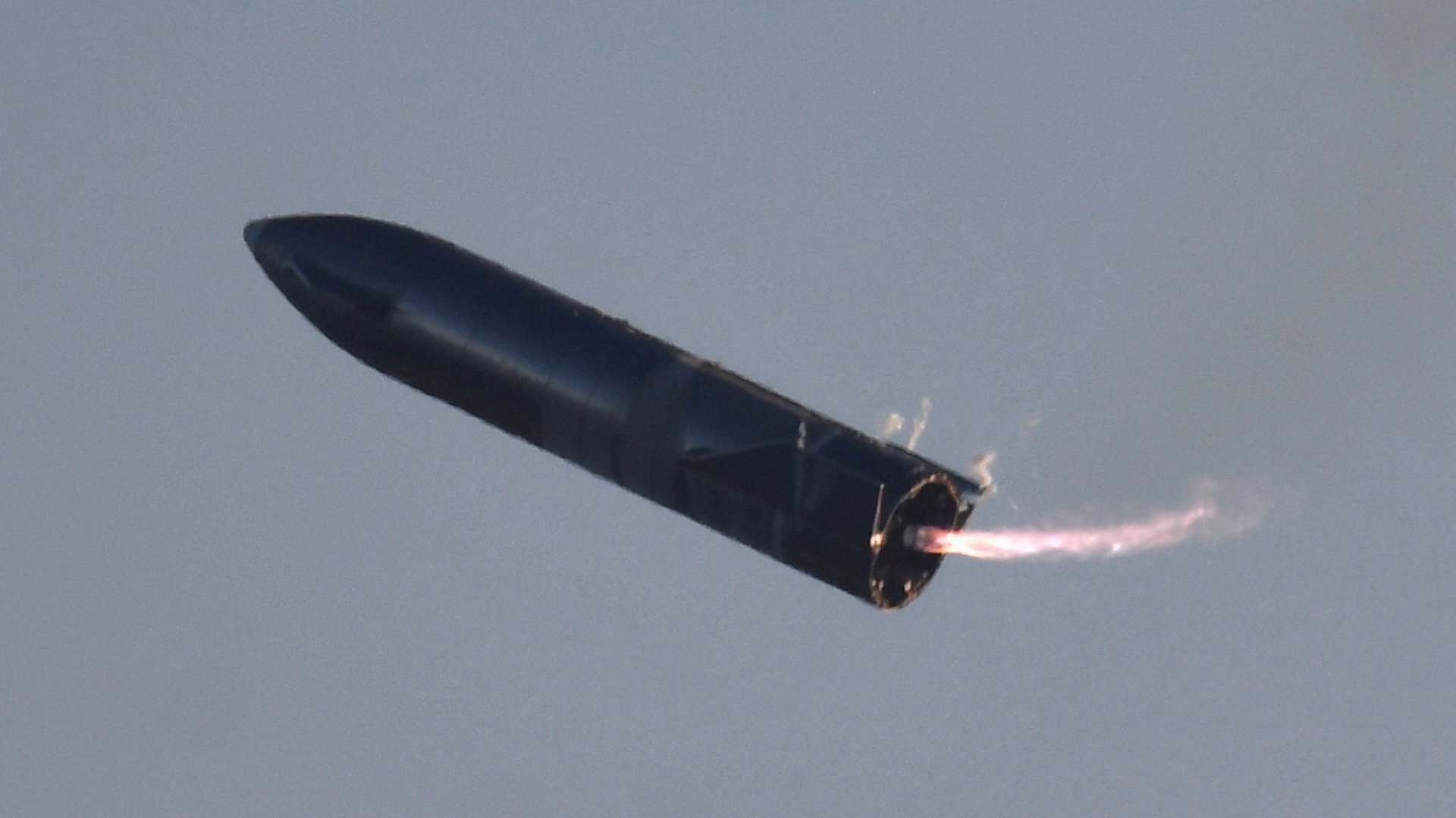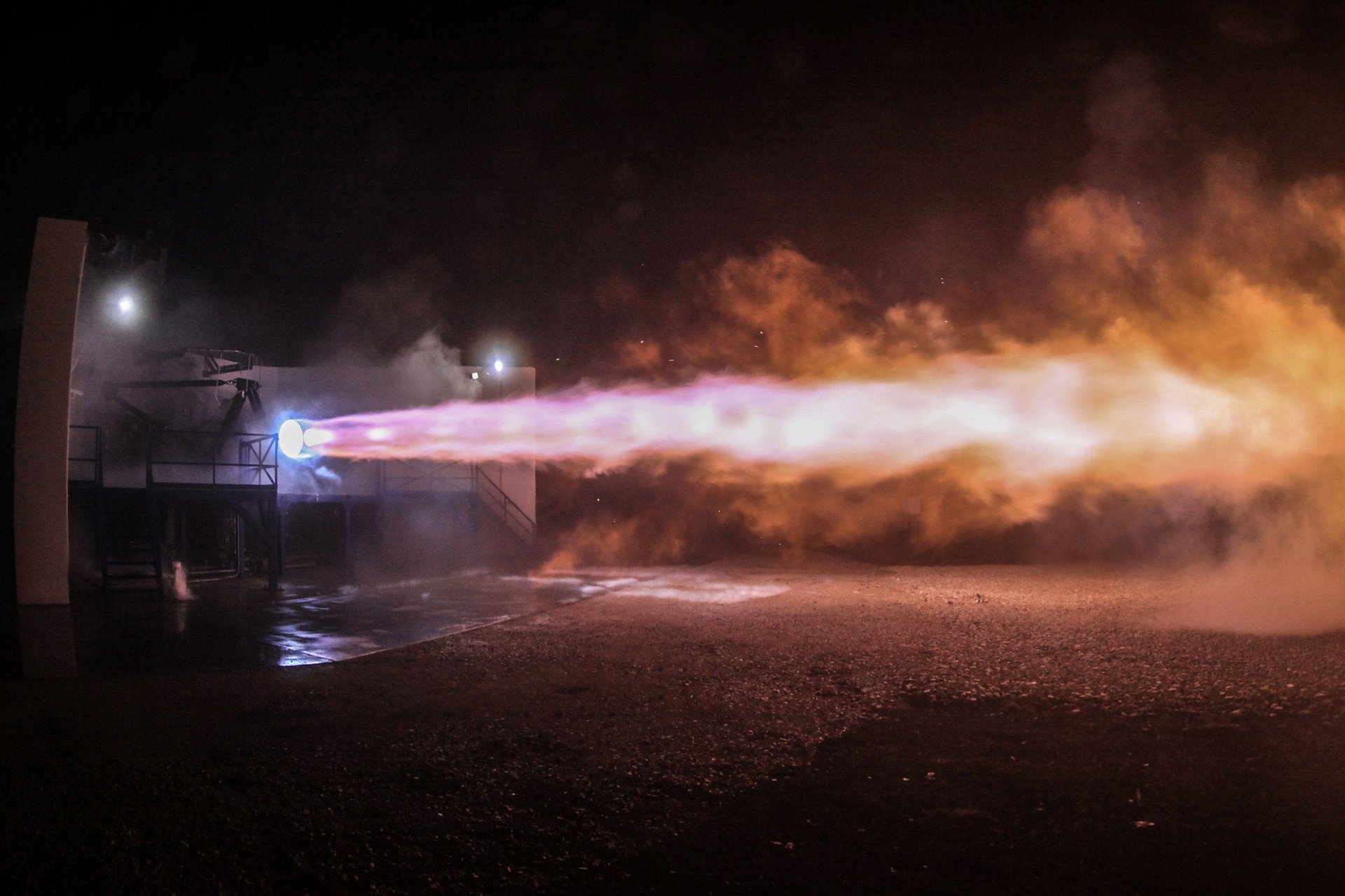Elon Musk is still waiting for Starship
Elon Musk has bet his company on a very big rocket, but he doesn’t have answers to some very big questions about it.


Elon Musk has bet his company on a very big rocket, but he doesn’t have answers to some very big questions about it.
Tonight, Musk gave his first formal presentation on SpaceX’s Starship project since 2019, when he said that the vehicle would reach orbit within six months.
More than two years later, we’re still waiting for that moment. Today, Musk said he was “highly confident” that the rocket will reach orbit this year. But he didn’t answer questions about what his engineers have left to accomplish before that flight test becomes a reality, or how he would prove the vehicle spaceworthy enough for NASA astronauts.
The stakes are high: In November 2021, Musk warned employees that SpaceX faces bankruptcy unless the company can fly Starship once every two weeks in 2022. He later suggested that was in a worst-case scenario where the company couldn’t raise capital, but the importance of the vehicle to SpaceX is clear.
There has been progress: The vehicle has made hops to increasing altitudes and attempted to return to a landing pad, often with fiery results. The most recent test, in May 2021, saw the vehicle reach an altitude of 10 km before landing safely. And tonight, the company revealed a new, more efficient version of the engines that will push Starship into space—if it can build enough of them that work without melting down.
What is SpaceX’s Starship?
Starship is a 50-meter tall stainless steel spacecraft designed to be fully reusable, and large enough to move one hundred tons of cargo into space. When demonstrated successfully, Starship and its 69-meter tall Super Heavy booster will be the largest and most powerful rocket ever to fly, with more than twice the thrust of the Saturn V rockets that carried Americans to the Moon. And it will perhaps be among the most efficient, with Musk saying in 2019 that he hoped the rocket would have an operating cost of $2 million per flight.

Starship’s design emerged from Musk’s hopes of bringing humans to Mars, but the vehicle’s realistic destination beyond Earth orbit is the Moon.
What’s will Starship do in 2022?
Now, the question is when the vehicle will attempt its first orbital flight. Doing so will require the use the Super Heavy, a still untried rocket booster that will push Starship out of Earth’s gravity well. In a test plan filed with the Federal Communications Commission, SpaceX proposed an initial flight where the Super Heavy booster will hurl the Starship into orbit before landing in the Gulf of Mexico, while the Starship itself will orbit the Earth before using its rockets to lower itself to a soft landing in the ocean near the Hawaiian Islands.
Musk said Thursday he expected the vehicle would reach orbit this year, depending on when he could obtain the right launch licenses and how quickly his factory can produce engines for the rocket.
What can SpaceX do with Starship?
The vehicle would fulfill Musk’s long-held dreams of a fully reusable rocket. SpaceX’s Falcon 9, which boasts a reusable first stage and cargo fairing, has created a revolution in the space industry. But it still discards a second stage with millions of dollars of hardware. Starship and its booster would both be reused. The second important characteristic is the rocket’s cargo capacity, which is forecast to be around 100 tons into low-Earth orbit.
NASA hopes to leverage both these features for its plan to return American astronauts to the Moon, tapping SpaceX to bring supplies and to act as the landing system that ferries astronauts to the lunar surface. The rocket’s ability to land vertically would allow it to descend onto Earth’s nearest neighbor while carrying astronauts and all the heavy gear that keeps them alive.
Starship’s heavy lift ability could make networks of large satellites more economically feasible—Musk, for example, is concerned that without Starship, his next generation of Starlink satellites will be too big to deploy efficiently.
The US Defense Department has even suggested that vehicles like it could be used to deploy military supplies overseas. “Fundamentally, a rocket can get around the planet in 90 minutes, an airplane cannot,” major general Heather Pringle, the commander of the Air Force Research Laboratory, told reporters last year.
What’s stopping Starship?
A long list of challenges. The vehicle requires powerful engines, dubbed Raptors by the company. They use a design called full-flow staged combustion, which is highly efficient but also creates a dauntingly hot environment within the engine itself, which could compromise reusability. Such an engine has never been used in operational flight.
Problems with the production of these engines are what led Musk to warn about the potential failure of his company late last year. Tonight, Musk unveiled a second version of the Raptor engine that he said was simpler, cheaper, and more powerful than the original. But he did say that the engine’s tendency to melt during operation remained a problem to be solved.

Besides engineering, SpaceX is also facing regulatory obstacles as the firm gets its Starbase spaceport at Boca Chica, outside Brownsville, TX, up and running. An environmental review being performed by the FAA is expected to be complete by the end of the month, which would allow SpaceX to begin building out the infrastructure needed for its launch site and obtain a license for orbital launches there. The company is also building out a launch site at Cape Canaveral.